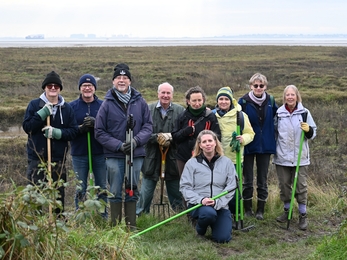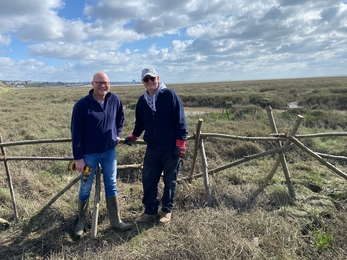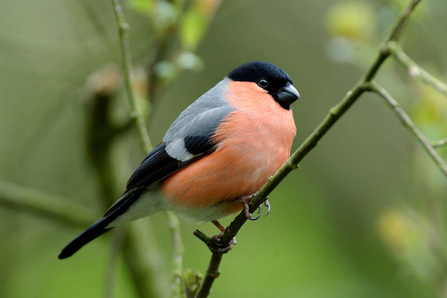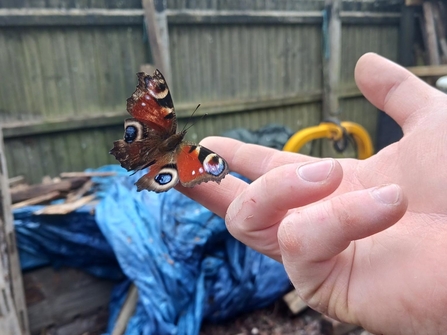Giving wildlife a break
Two Tree Island nature reserve is home to internationally important saltmarsh, one of the best surviving in the Thames Estuary. For many years, volunteers have worked hard to restore and extend it by installing brash bundle walls to help mud build up and vegetation grow.
Over time, desire lines and continued footfall have caused erosion across the south-east side of the saltmarsh. Volunteers have now created two fences to prevent access to the most affected areas, giving the saltmarsh a much-needed rest. This will benefit saltmarsh-loving wildlife, such as curlew and redshank, alongside saltmarsh plants golden samphire and sea lavender.
You can read more about this wonderful site in the latest edition of WILD magazine.





